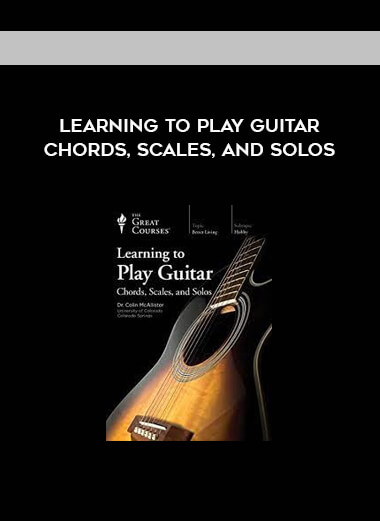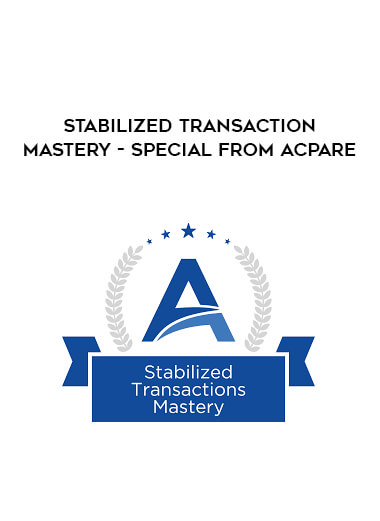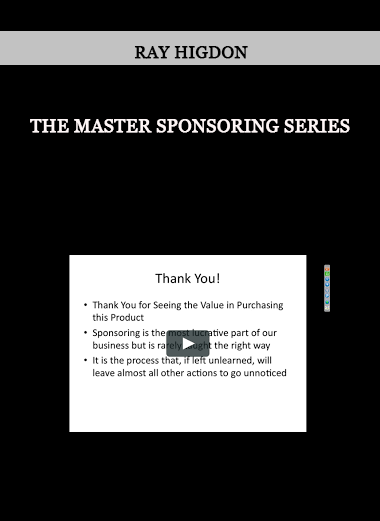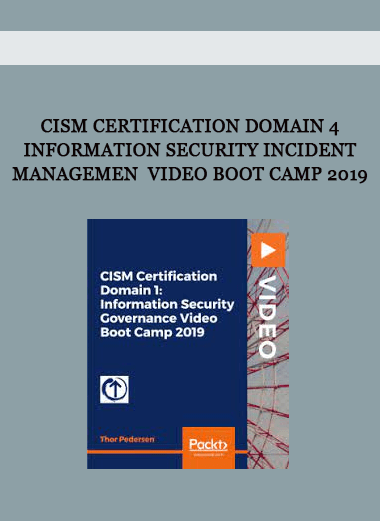Courses Infomation
Learning to Play Guitar Chords, Scales, and Solos
 Learning to Play Guitar Chords, Scales, and Solos
Learning to Play Guitar Chords, Scales, and Solos
**More information:
Description
The guitar is the ideal first instrument to learn to play as well as to read, comprehend, and appreciate music. And this course is the ideal place to begin, regardless of whether you’ve taken guitar lessons for a while, taught yourself, or never picked one up.
Hide Complete Description
Learning to Play Guitar: Chords, Scales, and Solos is a unique and efficient approach to quickly gain access to one of the most significant, pleasurable, and fulfilling means of self-expression. It is brilliantly structured so that you may learn from the ground up. Even if you already know how to read a note when you begin this course, you’ll rapidly pick up new skills, information, and comprehension.
This course’s extremely innovative modular structure aims to seamlessly transition you from learning to playing. The first five modules of teaching in each of the 24 courses are followed by an engrossing historical or personal tale.
Technique: Master all of the fundamental techniques for playing the guitar, from left-hand fingering and shifting through right-hand strumming, finger picking, and pick playing. You should also learn the proper method to hold the guitar and how to move naturally around it.
Musicianship and Note Reading—Discover how to read three different types of musical notation, as well as how reading music may be learned in short, basic stages. You’ll also learn how to play and read rhythms and hone your aural skills.
Learn to play a variety of basic chords, which serve as both the melodic and harmonic underpinnings of music. You should also master chord theory and the principles of musical structure.
Scales and Melodic Structures
Study the fundamental guitar scales, another essential component of guitar playing, as well as the melodic patterns, or “licks,” that allow you to perform lead guitar melodies and lines.
Putting it All Together—Starting with the very first lesson, combine everything you’ve learned into practical guitar songs and compositions that span a range of musical genres. A song that incorporates all the content concludes each class.
The guitar, why? The guitar, like the piano, is a stand-alone solo instrument that may be used in a variety of musical and vocal accompaniment settings. The guitar, which is incredibly adaptable and has an unmatched breadth of expression, may be used to play music in a variety of genres, including rock, pop, jazz, country, blues, and classical. However, learning the foundations of the guitar is surprisingly quick and simple. The guitar is one of the most portable and reasonably priced instruments. Singing, songwriting, and musical arrangement are just a few of the musical genres and instruments that are easily adapted by the guitar student.
Your tutor is Dr. Colin McAllister, a well-liked educator and musician with a broad musical background that includes jazz ensembles, chamber music, symphony orchestras, rock bands, and the avant garde. Dr. McAllister made friends with Johnny Smith, one of America’s best jazz guitarists, and trained under the Romero brothers, the “First Family” of classical guitar. He peppers this course with insightful lessons from his more than 25 years of professional experience as well as well-told tales. He also dispels the fallacy that learning an instrument successfully requires a specific skill or early start. Dr. McAllister demonstrates how learning even four guitar chords will open up a world of possibilities, encompassing hundreds of songs as well as styles and eras. He does this by sharing his own stories, which range from funny to poignant, and in collaboration with a promising guitar student and guest vocalists.
You will learn the equivalent of two semesters of university-level training, or dozens of hours of individual instruction, as you go through each lesson on the road from novice to experienced musician. You will also acquire the knowledge necessary for hundreds of hours of practice.
This training swiftly transforms into an experience that will broaden your understanding of all music.
Learn to Use a World-Spanning Instrument Basics
In a relatively short period of time, you’ll be able to play the guitar thanks to the engaging and flexible learning approach presented in TGC’s Learning to Play Guitar: Chords, Scales, and Solos. This technique was created by Dr. McAllister over decades of professional playing and instruction. These lessons have produced quick results because Dr. McAllister is able to break down each component of guitar playing into simple, understandable stages.
Dr. McAllister gives you a strong foundation for playing the guitar and for future study in any style by introducing you to a range of fundamental concepts and musical material from scratch and layering one element upon another. You’ll learn how to play both melodies and accompaniment, as well as a variety of musical genres and guitar methods, including jazz, rock, classical, flamenco, blues, reggae, and more. You’ll start with basic chords and bass lines.
In addition, Dr. McAllister leads you on a journey through the history of the guitar, its greatest artists, and the genres and aesthetics they defined. He includes both well-known guitarists and other significant but lesser-known individuals. Each session delves into an important area of guitar mythology, providing you with a plethora of information to research on your own.
The ability to study the material in your desired order or concentrate on topics that interest you is one of the main advantages of this course of study. Additionally, each lesson is easily accessible for review and practice. Additionally, the learning approach is quite visual, allowing you to learn by watching the professor play as well as employing diagrams, illustrations, and animations to aid in the retention of the information.
Create a Firm Foundation for Playing in Several Styles
This course is skillfully created to provide you with a foundational understanding of both guitar playing techniques and various guitar genres. These strategies and resources are instantly useful for both new and more seasoned players, and they will provide you with enough to study and build upon. You will explore a number of crucial topics, such as:
The Improvisational Art:
As the course’s name implies, improvisation on the guitar is built on a fundamental understanding of chords and scales. As the lessons progress, you’ll learn the major and minor scales, blues scale, pentatonic (five-tone) scales, “modal” scales, and arpeggios (broken chords), all of which will prepare you to improvise in any style. You’ll also learn major, minor, seventh, dominant seventh, and diminished chords in various keys, as well as “power” chords for rock music.
Guitar Technique:
You’ll learn a variety of essential guitar techniques while improving your left and right hand technique, which will expand the possibilities for your musical expression. You’ll learn techniques like “Travis picking” for playing folk, country, and rock music; tremolo, which creates the appearance of a sustained tone; legato techniques (also known as “hammer-ons” and “pull-offs”) for forming melodies; rasgueado, a dynamic flamenco strumming technique; harmonics (beautiful, bell-like guitar tones); barre technique (for “movable” chords); and
guitar genres
You will discover the components of several musical genres during the classes. You’ll learn the fundamentals of blues, utilizing the blues scale and licks, and jazz harmony, using your seventh chords and modal scales, as well as rhythm guitar, “piano-style” guitar, classical genres, Spanish flamenco, and others. You’ll always develop your ability to perform music in the aforementioned styles.
theoretic components of music
In this course, you will learn how to read music notation for everything you learn to play. You’ll gradually gain an understanding of how various pitches, rhythms, keys, and tonalities are written, as well as how music is arranged in terms of rhythm and harmony, both mentally and on paper. This will teach you how to read musical key signatures, time signatures, pauses (musical silences), operate a metronome, comprehend common chord progressions, and more.
Ways to Develop a Strong Guitar Technique
“Technique” in instrumental music refers to how to play the instrument effectively and organically. In order to play the guitar well and prevent physical issues while doing so, good technique is essential—just as crucial as any other component. You’ll learn the essentials of good technique throughout these lessons, including “planting” (a practice for developing technical accuracy), efficient hand position, finger independence exercises, pick dexterity, speed and accuracy when playing melodies, moving smoothly between chords, and how to practice the various guitar skills you learn.
Explore the Guitar’s Fascinating History and Lore
Dr. McAllister’s enthusiasm for the guitar and for teaching, together with his vivacious and captivating manner, make this a really delightful learning experience. He enhances the lessons with motivational and persuasive comments on the nature of practice, the routines of top guitarists, the importance of music, and the best ways to learn and study.
He passionately describes the guitar’s development, history, musical functions, and musicians’ lifestyles as he introduces you to the world of the guitar, from his own professional experiences and travel tales to the contributions and inventions of the most renowned guitarists, including:
Guitarist John Fahey, a master of steel-string fingerstyle;
Guitarist, composer, poet, and outrageous genius Augustin Barrios “Mangoré” from Paraguay was among the first classical guitarists to record.
Stunning skill, unlikely figure in jazz (white, middle-class lady), and one of the greatest players of her era: these words describe Emily Remler;
Michael Hedges, one of the most creative and influential acoustic guitarists, devised inventive alternate tunings for the instrument. Charlie Christian, the first contemporary jazz guitarist, revolutionized big band music and established the jazz guitar as a solo instrument.
You may learn the foundations of this very flexible instrument by using Learning to Play Guitar: Chords, Scales, and Solos, which provides you with an enjoyable and highly effective learning experience. You may learn the guitar and experience the pure delight of playing it with the help of these 24 carefully created lessons.
Salepage : Learning to Play Guitar Chords, Scales, and Solos




![Peter Titus - Create Your Own Automated Stock Trading Robot In EXCEL! [39 Video (MP4) + 2 Document (HTML)]](https://crablib.info/wp-content/uploads/2021/02/Peter-Titus-Create-Your-Own-Automated-Stock-Trading-Robot-In-EXCEL-39-Video-MP4-2-Document-HTML.jpg)


























Reviews
There are no reviews yet.